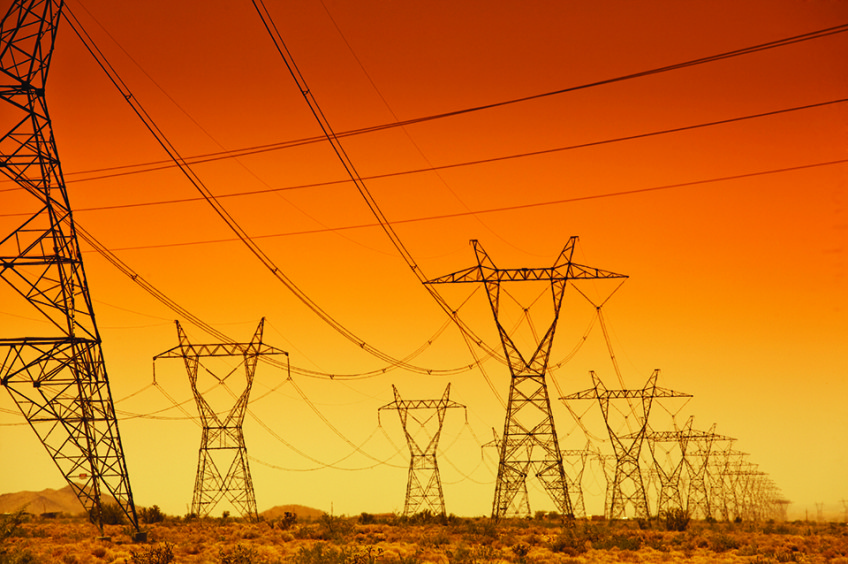Energy, Climate and Vulnerable Populations
Last week, the Obama administration released a new report detailing the negative consequences climate change may have on human health in the U.S., with the primary, attention-grabbing headline being that extreme heat can be expected to increase the number of people who suffer premature deaths “from thousands to tens of thousands” each summer.
(Bjorn Lomborg, the prominent Danish professor, author and environmentalist, addresses this and other claims in an opinion piece in the Wall Street Journal from last week that is worth reading.)
Interestingly, the administration’s report also asserts that the largest health impacts associated with climate change will be borne by our nation’s most vulnerable populations: minority groups, those with low incomes, the elderly, and the disabled, just to name a few. This does make logical sense; however, what is so particularly interesting is that the purported solution to the climate change problem – represented by the administration’s Clean Power Plan – will also disproportionately affect many of these same groups.
Given the ubiquity of energy as an input for virtually everything we produce, consume, transport and enjoy in society, higher electricity prices will inevitably raise the cost of producing a particular good or service, and these additional costs will necessarily be passed along to consumers in the form of higher price tags. In 2005, the American Enterprise Institute (AEI) determined that for the average household with a median income of $46,000, roughly eight percent of all expenditures went to cover direct energy costs such as electricity, natural gas, gasoline and the like. However, nearly half of what people pay for energy is indirectly embodied in the costs of goods and services.
Unsurprisingly, these energy costs – whether direct or indirect – affect populations differently. Those with low and fixed incomes typically spend a greater percentage of their take-home pay on energy than those with higher incomes. As a result, any increase in energy prices is inherently regressive in nature, disproportionately impacting low-income households. In addition to having less disposable income available for energy costs, those with lower incomes also tend to live in older, less efficient houses and drive similarly less efficient cars. Disturbingly, surveys reveal that as a result of higher energy prices, a significant percentage of those with low incomes are forced to make difficult and even dangerous decisions. Thirty-three percent of low-income respondents admit to using their kitchen stove or oven to provide heat, 24 percent have gone without food for at least one day, and 23 percent have kept their homes at unsafe temperatures.
In its analysis of the rule, EPA claims that through various energy efficiency improvements, the Clean Power Plan would actually lower electricity bills by eight percent by 2030. Reading a regulatory impact analysis conducted by NERA Economic Consulting, however, would lead one to seriously doubt EPA’s claim. Specifically, NERA’s modeling suggests that 40 of the 47 states affected by the Clean Power Plan could see average electricity rates increase by at least 10 percent, and 27 states could see rates increase by 20 percent or more. Further, NERA assumes that when it comes to energy efficiency, the lower cost options will be accomplished first while more costly options will be utilized later, thereby raising electricity costs in the process. This is in contrast to EPA, who assumes that energy efficiency costs will decrease over time.
Just something to think about as the impacts of climate change and the purported benefits of policy and regulatory solutions are debated.

